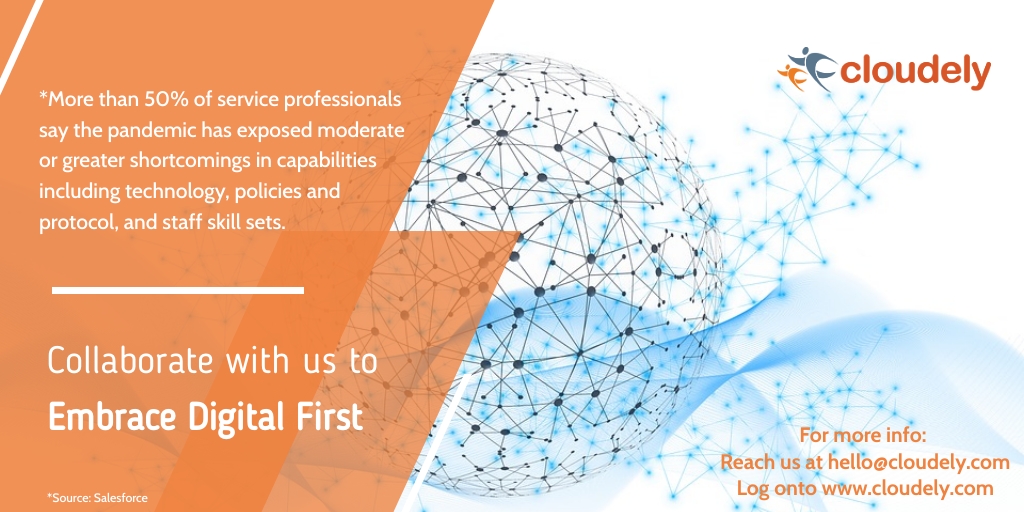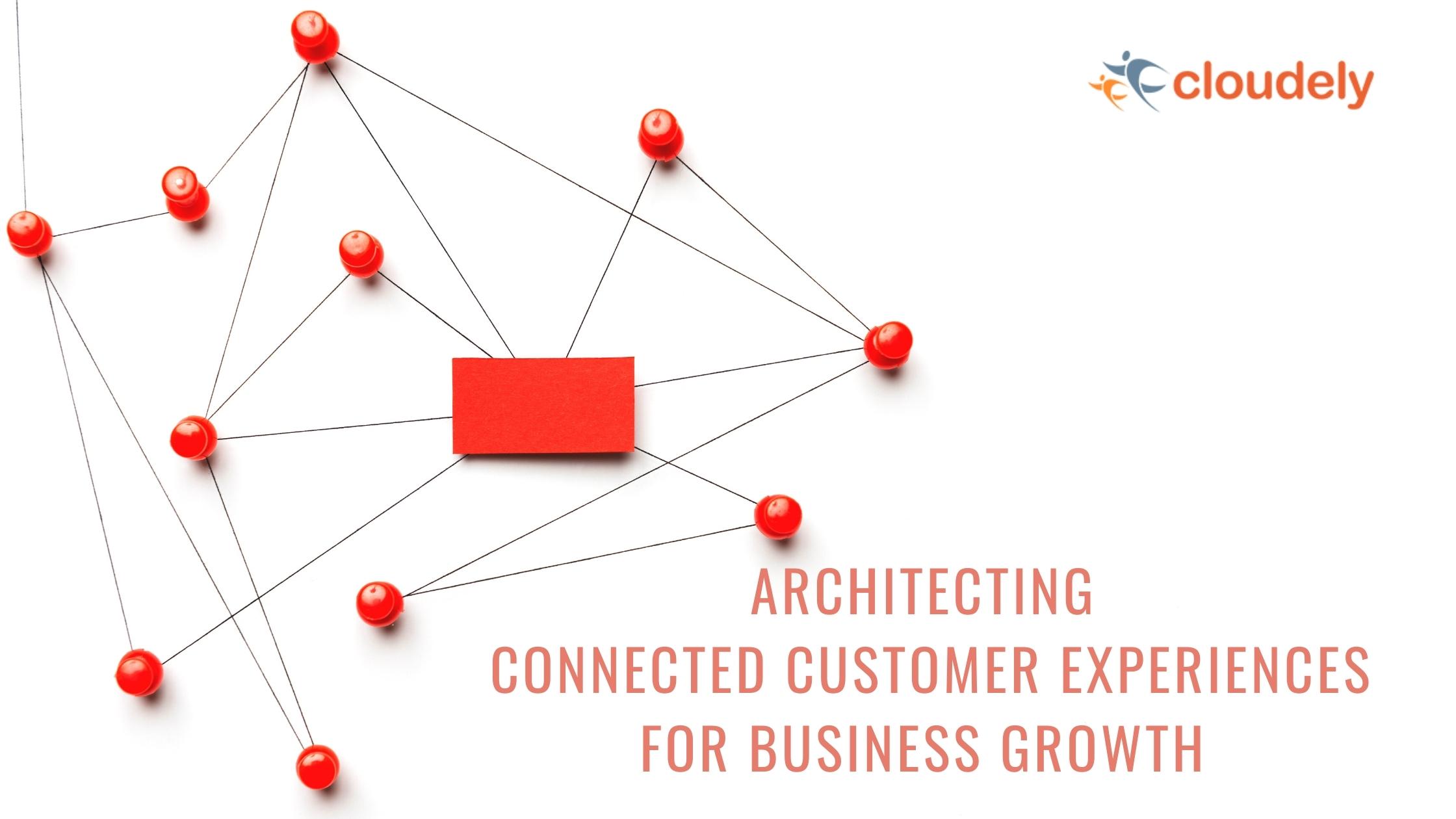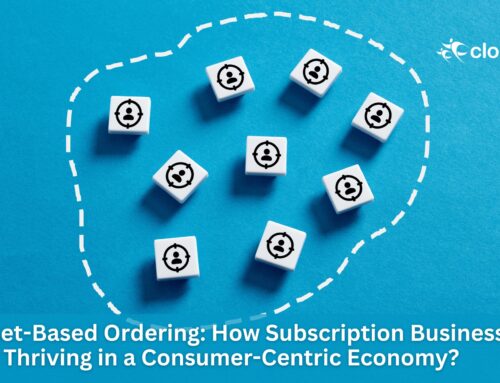Not long before the world adjusted to the pandemic-driven dynamic business climate, the looming recession is all set to pose new challenges for businesses. Customer retention by enhancing their experience is now one of the top priorities for businesses of any size. On the flip side, providing responsive and connected customer experiences is easier said than done without the right tools and expert guidance. With statistics indicating the necessity for building an emotional connection with the customer, organizations must focus on architecting connected customer experiences now more than ever.
Table of Contents
Why connected customer experiences matter?
The pandemic has induced a permanent shift in the customer mindset. Businesses that showcase empathy, trust and care score more than the salesy and commercial ones. Those that ignore digitizing their customer engagement strategies risk losing competitive advantage and consumer base in no time.
Without connected user experiences, customers can sense the silos and take no time to shift to competitors. Studies indicate that one poor experience suffices customers to lose trust in a brand.
With evolving technology, customer expectations are at an all-time high. Customers expect companies to know them more as humans than as consumers. Meaning, technology that helps businesses to catch the 360-degree view of the customer is the need of the hour.
Fortunately, businesses today have a wider range of tools to choose from to deliver the expected connected customer experiences.
Also Read: How to increase customer lifetime value?
Groundwork to establish connected customer experiences
Customer data is a treasure for customer-centric businesses. Leveraging customer data as an asset to bridge the gaps starts with the right data strategy and plan at the leadership level. As a next step, the customer data must flow across departments, teams, and processes strategically.
At the C-Suite level, the following strategies may help identify and seal the customer experience gaps:
- Identifying critical customer data helps create a frictionless customer experience across digital and human touchpoints.
- Auditing the current customer processes whether they align with the customer-centricity, trust, and quality promise.
- Assessing the data gap to chart the necessary steps to enhance the customer experience.
At times, misalignment can occur while capturing customer data at the team level. Hence, what must follow next is the department-level data gap analysis.
Suggested Reading: Starting a business? Read this.
At the team level, disjoints in customer data might arise due to one or more of the following reasons:
- Absence of coordination amongst teams while designing customer experiences. For instance, customer experience portals are designed solely by considering the design elements rather than incorporating feedback from customer-facing teams.
- Inability to capture customer data originating from diverse sources and convert it into a wealth of information. Most often, this could happen due to the exclusion of data experts in customer experience design.
- Disconnected applications amongst teams lead to data handling and management gaps. For instance, a sales team might be using a CRM platform in addition to other sales tools, while a marketing team might be relying on marketing automation tools entirely disconnected from those of the sales team.
- Misconceptions about customer data paving the way towards unbalanced coordination and inclusion of teams while designing and serving through customer-facing applications.
Also Read: Customer expectations: Realities and Implications

The key to creating connected customer experiences
Delivering connected customer experiences is an uphill task without a data strategy in place. The right customer data platforms eliminate the invisible gaps while the customer data flows across the teams and aids in offering connected experiences that count in this digitally influencing world.
Here are 4 key ways to architect connected customer experiences
- Be data-driven throughout the customer journey: Gather data insights from every team involved in customer experience to offer a more meaningful, personalized, and connected customer experience.
- Implement a cohesive technology ecosystem: Integrate the tools across your organization to capture a unified view of customer data and make it visible to all customer-facing teams.
- Capture the customer journey from a 360-degree view: Harness customer relationship management tools that provide a holistic view of the customer. Salesforce, for instance, offers a diverse range of AI-driven, smart, and real-time responsive tools that enable faster hyper-personalized and connected customer experiences.
- Create customized customer experience strategies: While focusing on customer experience, it is crucial to understand that not every customer comes with similar needs and requirements. Segmenting the customers helps create effectively connected experiences.
Suggested Reading: How does advisory board help business success?
Your customers have evolved. It’s time to evolve their experience!
The emphasis on the customer journey is now more than ever. A customer experience platform that accomplishes the mission of providing a connected customer experience is one of the tools your business cannot ignore anymore. Ask our experts how to elevate your customer experience. Request for a free demo.






